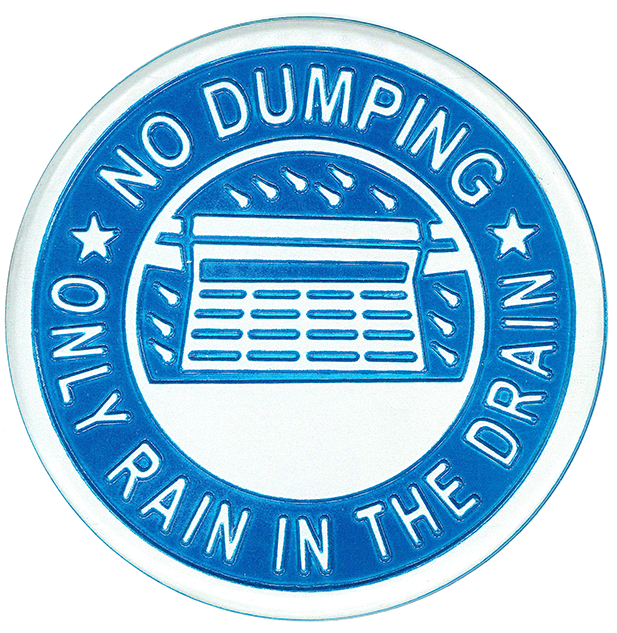 LOUISIANA DEPARTMENT OF ENVIRONMENTAL QUALITY | Secretary Courtney J. Burdette
LOUISIANA DEPARTMENT OF ENVIRONMENTAL QUALITY | Secretary Courtney J. Burdette
 A DEPARTMENT OF THE STATE OF LOUISIANA
A DEPARTMENT OF THE STATE OF LOUISIANA

Nonpoint source (NPS) pollution, unlike pollution from industrial and sewage treatment plants, comes from many diffuse sources. NPS pollution is caused by rainfall or snowmelt moving over and through the ground. As the runoff moves, it can pick up and carry away natural and human-made pollutants, finally depositing them into lakes, rivers, bayous, wetlands, coastal waters, and even our underground sources of drinking water.

Stormwater that drains into the watershed is a pollution source that is sometimes overlooked, and storm drain marking is an established, interactive method to increase community awareness about nonpoint source pollution. It is an action project for students and community involvement for adults.
Usually only wastewater is sent to a wastewater treatment system, so it is important to inform the public not to dump anything into storm drains. The goal of this activity is to dispel the idea that all stormwater gets treated before it enters the watershed, and create public awareness in an effort to reduce NPS pollution from entering our waterbodies.
The Louisiana Department of Environmental Quality NPS unit can provide the public (supplies permitting) with up to 200 Storm Drain Markers to place in their community. If a larger quantity is required, additional markers can be purchased online.